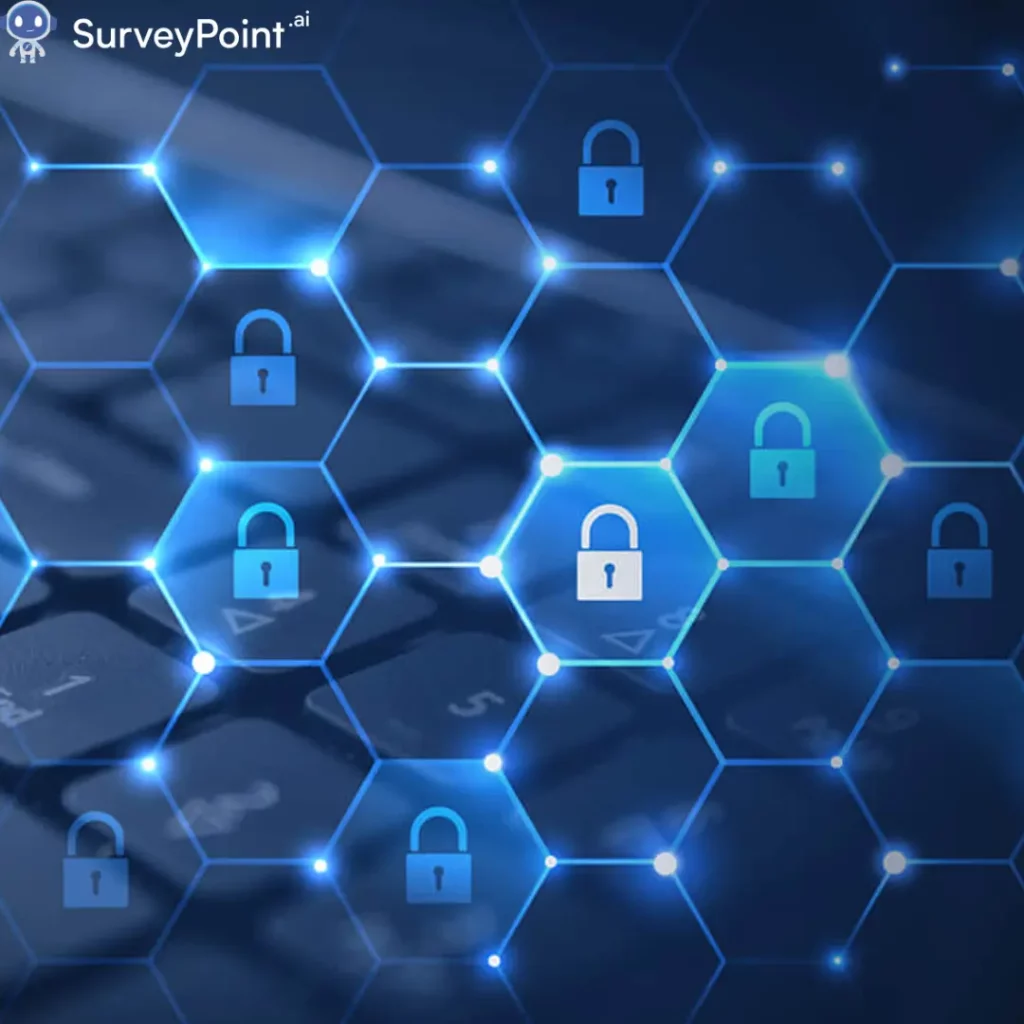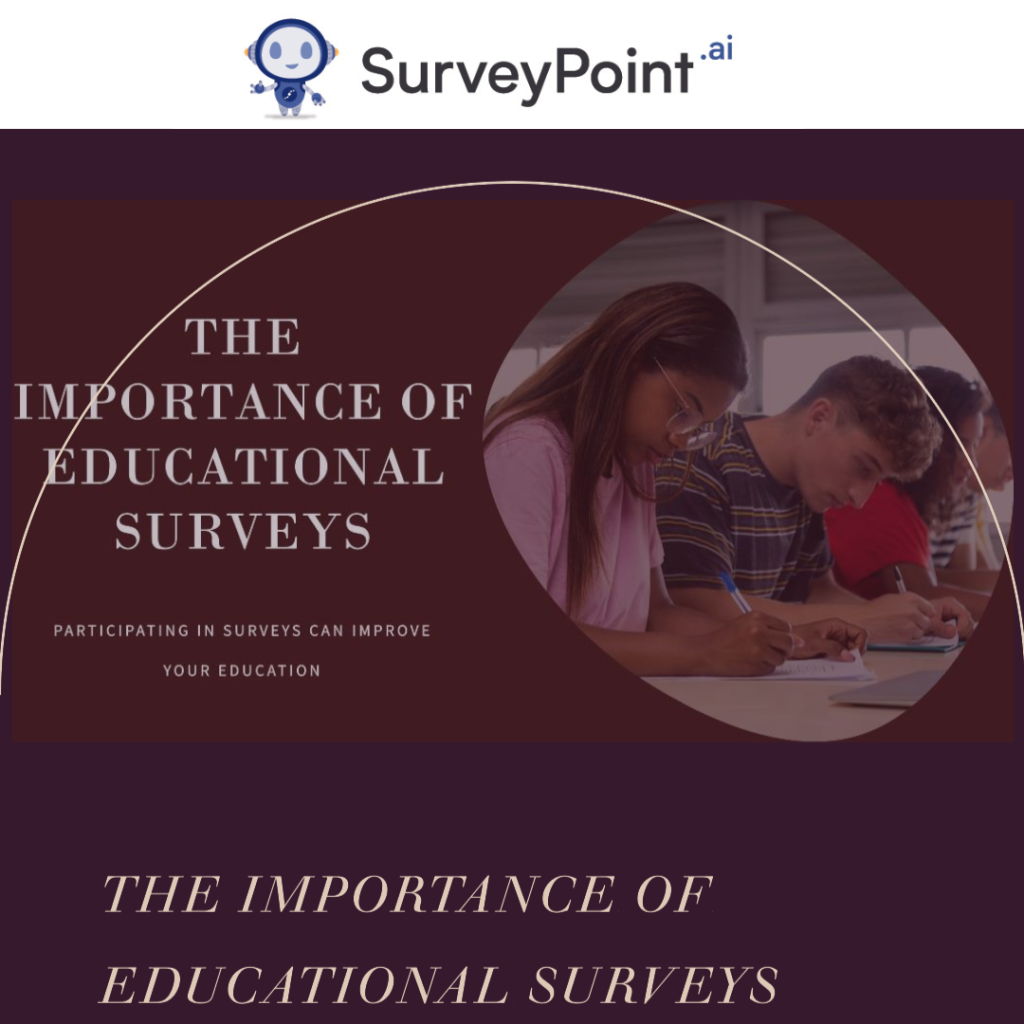
Business analysts describe survey sampling as the process of fishing out a sample of elements from a targetted population. Several types of survey samplings are popular among businesses, and snowball sampling is one of them.
This sampling method, which is also known as chain referral sampling, builds upon itself over time. In it, a researcher has to find one primary source or first subject according to the research topic. The primary source or first subject refers the researcher to other similar subjects until the sample size grows large enough to be analyzed. It is defined as non-probability sampling.
A snowball’s sample size increases with each referral, just like it grows as it rolls over a snowy surface. The sample size grows until it becomes large enough to meet the research requirements. Snowball sampling is used when samples have rare traits and collecting data through direct surveys isn’t viable.
3 Primary Types Of Snowball Sampling
- Linear Snowball Sampling: It is rare for more than one subject to be referred to by a single issue (the principal subject, ideally).
- Exponential Non-Discriminative Snowball Sampling: Referrals are given to multiple subjects (preferably primary) based on the referral generated by one subject.
- Exponential Discriminative Snowball Sampling: When one (ideally primary) issue refers to several others, just one is taken into account, and the others are ignored.
Snowball Sampling Methods
Snowball sampling is employed when a population is difficult to reach for many reasons, such as being hidden in plain sight or unwilling to engage.
Consider, hypothetically, if you have to conduct research on drug addicts in your city. It will be difficult to locate them and know the exact number of drug addicts in your city. If you use snowball sampling, you must find just one or two drug addicts. Now, these drug addicts can provide you with the details of other drug addicts.
The first drug addict that you found for your research is the primary data. Tabulating the primary source’s data should be done before tackling other drug addicts recommended by the primary source. You can continue collecting data from the referred samples until you have enough data for the study.
RELATED: The Right Time and Way To Do Quota Sampling
Snowball Sampling Applications
1. Medical Research
Finding patients suffering from lesser-known and not well-researched diseases is difficult. If someone is suffering from a rare disease, then it’s improbable they’d share their medical data with strangers. Approaching such people through referrals of other patients suffering from similar diseases increases the chances of participation. Therefore, to develop data banks, hospitals, medical researchers, insurance companies, etc., employ snowball surveys to mitigate such problems.
2. Social Research
Scientists and researchers conducting social research want many people to participate in them. The location and contact information of many underprivileged groups are not readily available, so research of this type is not widely done. Snowball surveys are highly reliable for conducting population censuses.
3. Secretive group research
It’s easier to get in touch with people in secretive groups, such as state intelligence, underground groups, cults, sects, etc., through snowball sampling. Almost no external data source can engage these individuals, as they don’t easily trust outsiders. To make it more difficult, these individuals don’t want to be identified.
4. Cases of crime and disputes
People involved in crimes such as robberies, terrorism, civil rights violations, etc., don’t want to reveal their identities or confess to crimes. Using the referral mechanism, researchers and state bodies can use snowball sampling to contact these potential witnesses and culprits.
Advantages of Snowball Sampling
Quick to find samples
A researcher doesn’t have to look for samples to participate in the research activities. Obtaining new samples is easier through referrals, which saves time.
Cost effective
Collecting samples through referrals is cheaper than reaching out to prospects through other digital or offline. Buying collected data from third parties will also cost a lot more. Data collection and research using snowball sampling are very convenient and cost-effective.
Sampling hesitant subjects
Some individuals are hesitant to participate in research because of a lack of trust. If approached by a researcher directly, these subjects would decline to be identified and participate. They are more likely to participate if approached through a referral from an acquaintance. Through snowball sampling, HIV patients, homeless people, and victims of sexual abuse can be enrolled in research.
Less workforce required
Whenever sampling occurs through referrals, the research team’s workload decreases. Thus, a smaller team can perform the research, and it requires less effort.
Disadvantages Of Snowball Sampling
Sampling Bias
Since people are referring to others with similar traits, the researcher might not be able to reach a huge number of people. Moreover, these people might be based on certain metrics because they share similar traits. This increases the margin of error in the research.
Uncooperative referrals
Referrals might not be enough to convince people to cooperate with the research team. It can be wasteful to spend time and effort gathering referrals if the referrals aren’t cooperative.
Distant from the researcher
During snowball sampling, the researcher needs more control over collecting the sample. It removes the researcher from the center of the sampling process. In an organic process, sampling is subject to errors and mistakes because the researcher cannot actively regulate the study flow.
Conclusion
When conventional survey methods are impractical, snowball sampling might be employed to collect the necessary information. In the right circumstances, it can be a fast, cheap, and reliable sampling approach. It is possible to gain valuable insights from hard-to-study populations by employing snowball sampling.
Learn to work smarter, not harder!
Use our intuitive survey dashboard panel to identify respondents in even the most niche markets.
Free Trial • Cancel Anytime • No Credit Card Required




